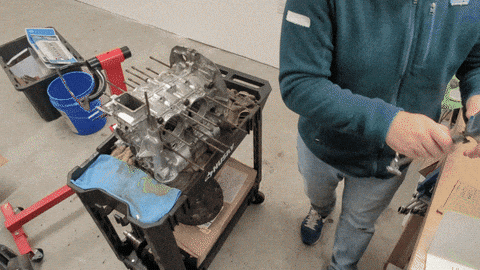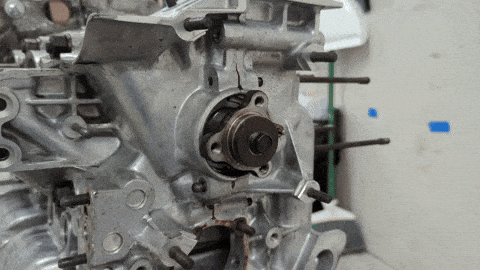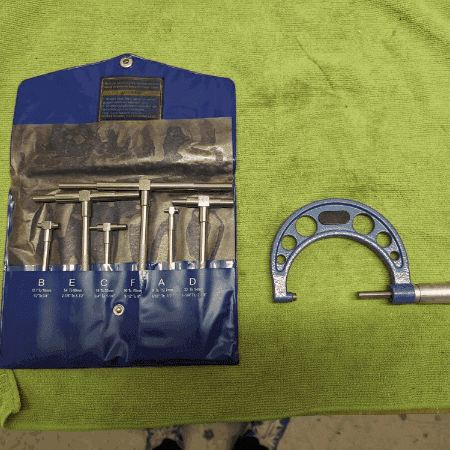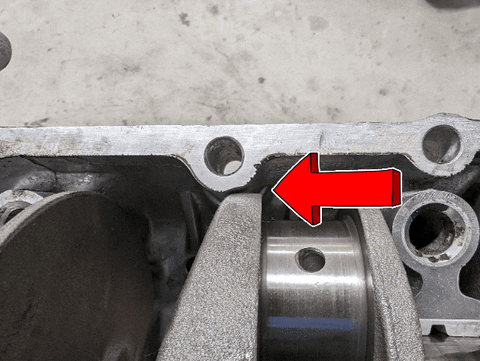I've read many of the oil pressure/problems with oil pump installation threads on this forum.
I WOULD NOT build a T4 without Tangerine's upgrades, especially the "rebushed, modified relief valve".
https://tangerineracing.com/shop/ols/produc...re-relief-valveOne thing that I haven't seen yet is improving sealing of the suction side of the oil system. The pickup is fine, especially with a tuna can or larger sump set up.
https://914werke.com/shop/ols/products/mini...p/v/OIL-SMP-ASMWhere the oil pump slides into the case is completely "interference fit" on both the suction and pressure side.
I don't give a rat's ass about a small amount of seepage on the pressure side.
Sucking ANY air into the system is the "Kiss of Death" on pretty much any hydraulic system in my book.
EVERY SINGLE Honda ever built will suck air into its power steering FIRST before the system dies horribly. The suction line fitting at the pump has a 70-cent O-ring that allows air to enter the system as it ages.
Damages the pump slowly and the debris from the pump takes out the steering rack.
Changing this O-ring (easy!) is a PM that I always include if I'm doing anything that is close by.
It's included on every single PS flush job I do. New reservoir as well (stupid cheap-even from Honda) and it has a filter in it.
The T4 oil pump has the same weakness (without the O-ring!) and I wonder how many of the "trouble with OP threads" could be traced back to this.
I'm either going to be a pin-headed-bitch regarding pump to housing clearance OR
(if I can!) machining an O-ring register on the outside of the pump and fitting O-rings to the pump. This might make assembly "finicky".
To the OP. If the above mods I listed are new to you, you need to educate yourself on oil mods for your engine. Depending on use and where you're at an auxiliary oil cooler could be called for. An aux cooler, streetcar based, should have thermostatic control in my book. It is as important to get your oil above the boiling point of water as it is to keep temperatures below a specific temp. I prefer my oil temps to be in the 220-230 range. 250 is getting too hot for me.
My experience come from a basically water-cooled world (little bit of air-cooled, long time ago). The more experienced members may have better input on temps, sometimes the AC stuff has surprised me!
I learn new shit all of the time too, that's one of the reasons I post.
You SHOULD triple stock HP. You ARE tripling heat as well, maybe more...
With what I have read regarding the Tangerine valve I would include that upgrade on EVERY SINGLE T4 build I do. Even if I was going full "cheapest build" possible.





